The exact itinerary and where we visit and when is all weather dependant. We will make the route up each day in discussion with you the crew. We will make every effort to make it to St Kilda, but its wild, exposed position in the Atlantic are what make it so elusive, so it cannot be guaranteed – and such a magical win when we do! Here are some of the highlights of the region.
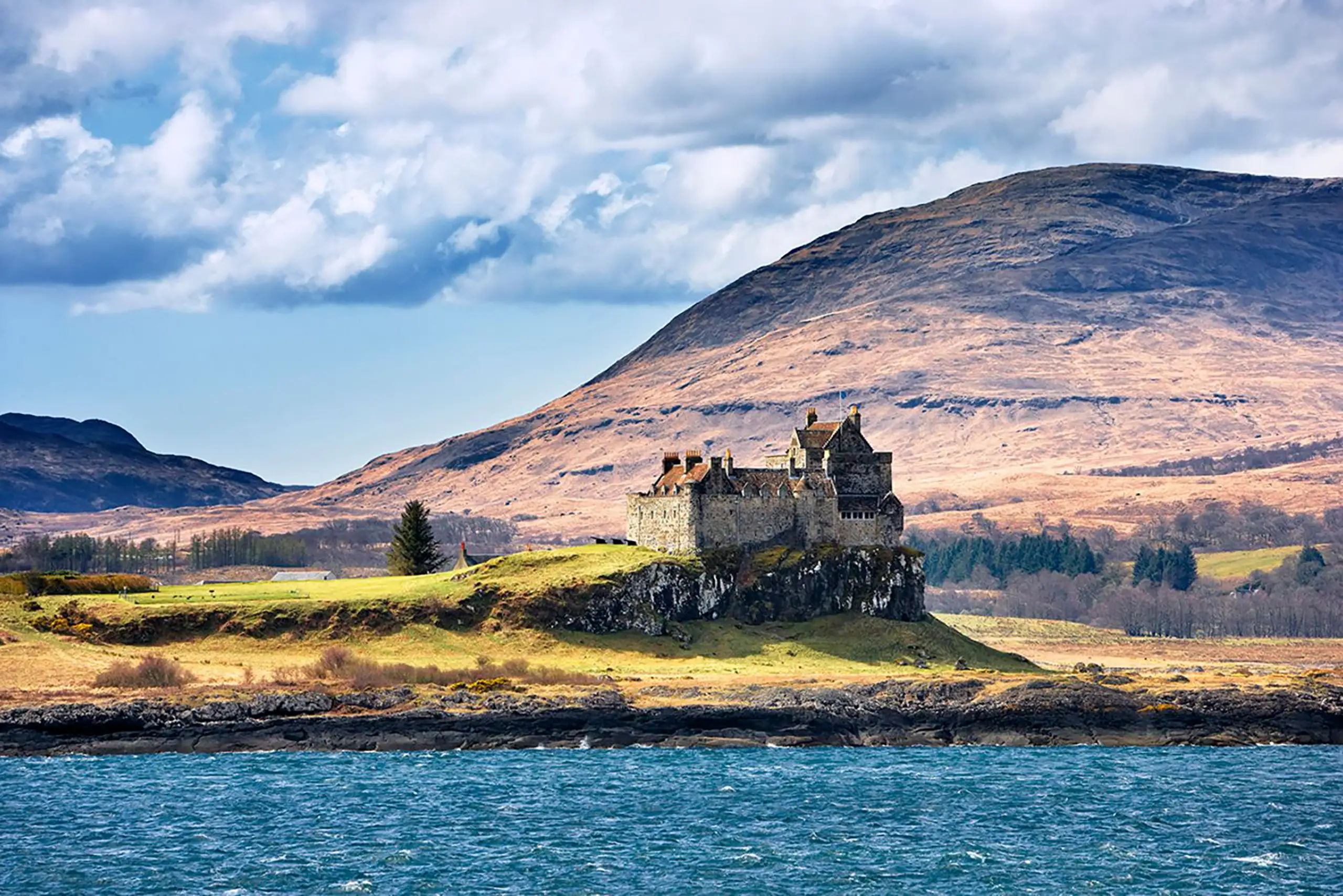
The Isle of Mull
Perhaps the most iconic image of Mull, Tobermory, on its north coast, is known for its colorful waterfront buildings. This charming town is a lovely place to wander around and explore and has the Tobermory Distillery, producing one of Scotland’s famous single malt Scotch whiskies. Duart Castle stands majestically on a clifftop and dates back to the 13th century. As well as a real taste of Scotland’s cultural heritage, it has panoramic views of the surrounding sea. Meanwhile, visiting the Isle of Staffa and Fingal’s Cave with its remarkable basalt columns would be a real highlight if we could fit it in. The cave’s natural acoustics and unique rock formations have inspired many people, including the composer Mendelssohn. The island and its surrounding waters are home to various wildlife, including whales, dolphins, eagles, and otters.
The Isles of Coll & Tiree
The historic, partially ruined Breacachadh Castle is one of Coll’s treasures. The community heartbeat is found in An Cridhe, while the island is also famous for its pristine, unspoiled beaches like Crossapol and Feall Beach, perfect for tranquil walks and wildlife watching. Coll’s status as a ‘Dark Sky Island‘ makes it an exceptional spot for stargazing, with its skies free from light pollution. Nearby, the Isle of Tiree has Balephuil Bay, with its stunning beach and sand dunes. The island is often called the ‘Hawaii of the North.’
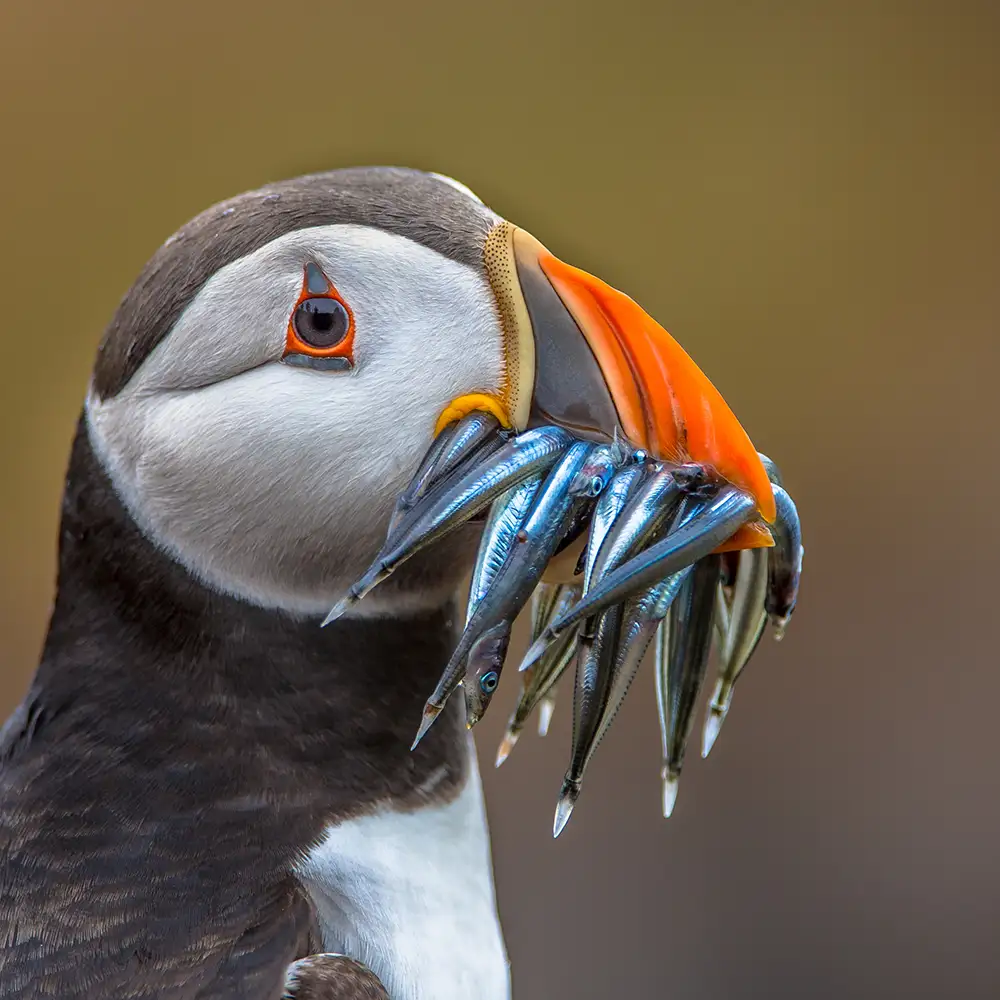
South Uist & Barra
South Uist and Barra, nestled in the Outer Hebrides, are steeped in natural beauty and cultural richness. South Uist’s west coast is adorned with long, sandy beaches that stretch for miles, offering beautiful walks and breathtaking sunsets. For wildlife enthusiasts, the Loch Druidibeg Nature Reserve is a treat. Meanwhile, Barra has a varied and beautiful landscape with mountains and spectacular beaches. It is famous for its airport, where scheduled planes land on the beach. The island’s centerpiece, the medieval Kisimul Castle, located in Castlebay, is a historic gem perched on a rock in the bay, accessible by a short boat ride.
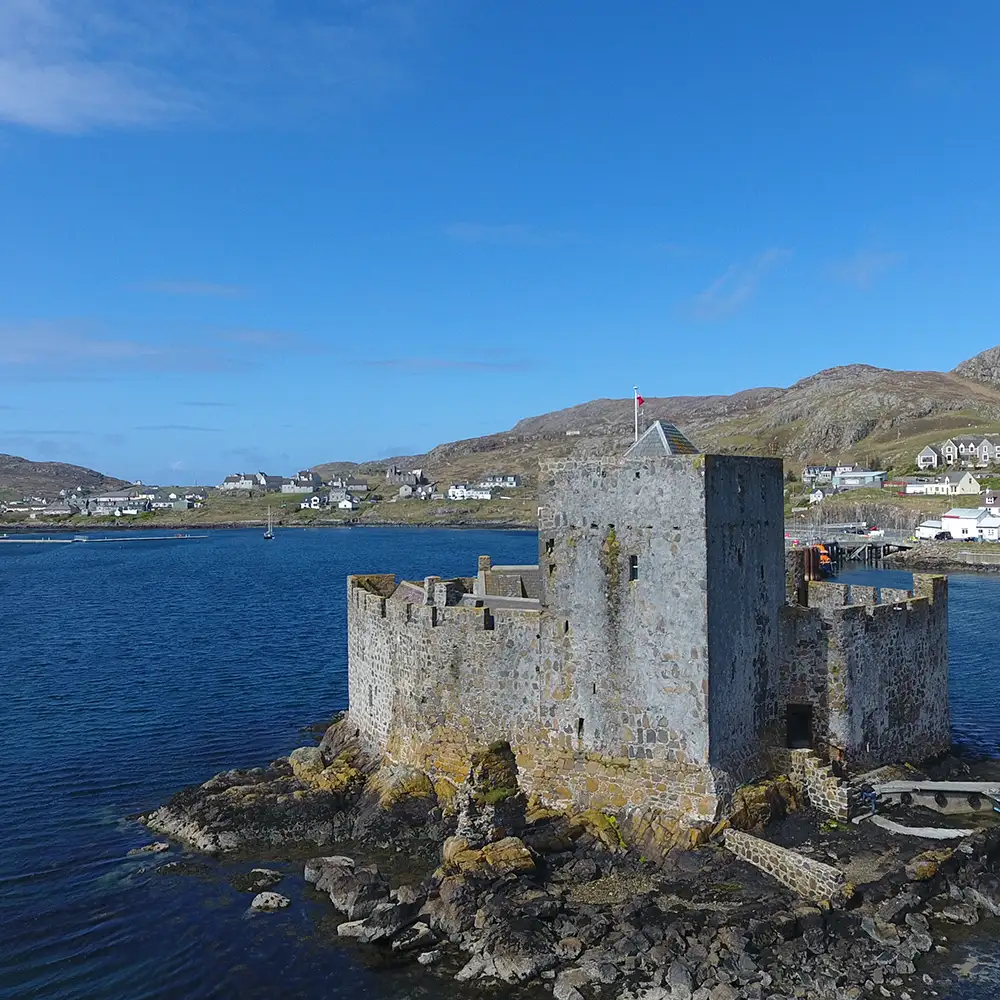
Harris & Lewis
Harris and Lewis are the largest island in the Outer Hebrides. On Harris, the famous Luskentyre Beach stands out with its expansive white sand and turquoise waters, creating a beautiful contrast to the mountains. The island is renowned for its Harris Tweed, and visiting a local weaver provides a great insight into this traditional craft. Lewis has the ancient Callanish Standing Stones, a mysterious and awe-inspiring megalithic site that predates Stonehenge, drawing visitors worldwide.
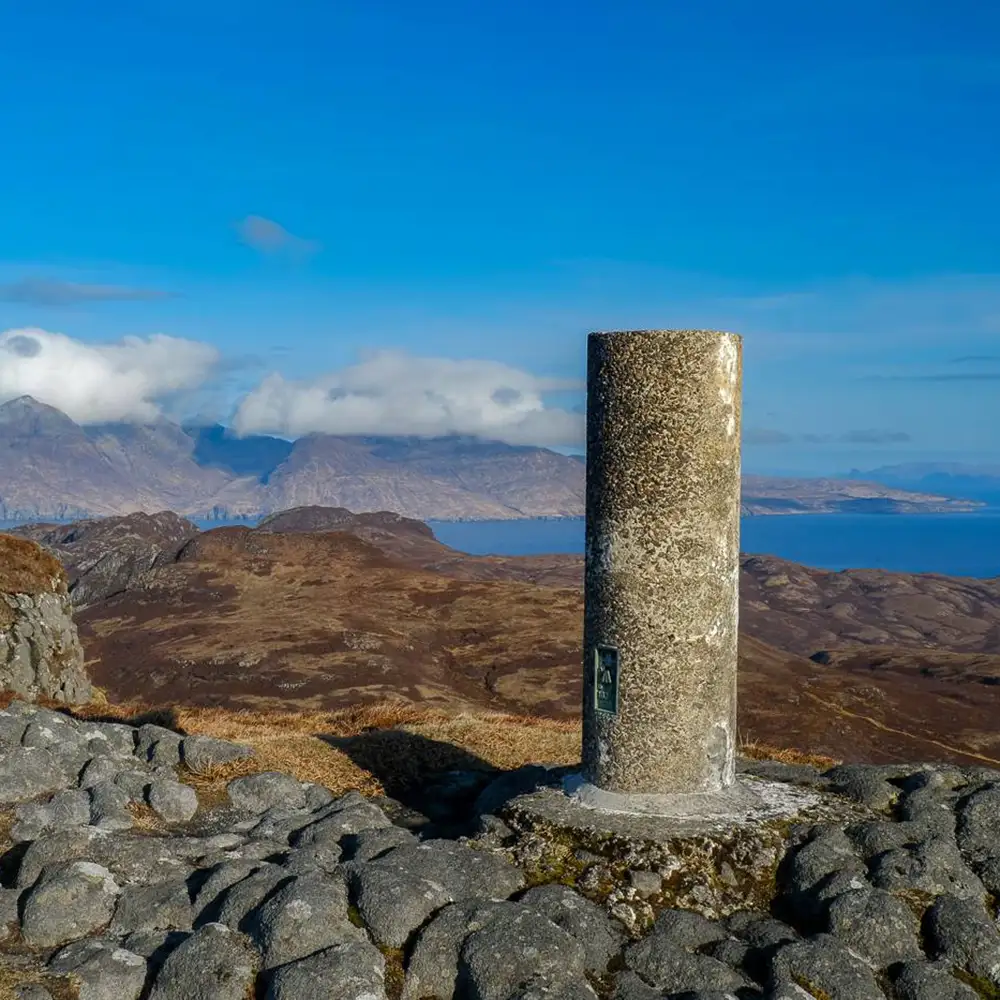
The Small Isles (Rum, Eigg, Muck, or Canna)
The Small Isles, comprising Rum, Eigg, Muck, and Canna, are a cluster of gorgeous islands, each with charm. On Rum, the Kinloch Castle stands as a testament to Victorian extravagance. The island is also a haven for wildlife enthusiasts, with its nature reserve hosting a variety of birds and mammals, including the famous Rum ponies. Eigg, known for its stunning landscapes, is dominated by the dramatic pitchstone ridge, An Sgurr, offering breathtaking views for those who climb it. Muck is the smallest of the isles. Canna is particularly rich in archaeological sites, including ancient Celtic crosses and a collection of early Christian and Norse monuments, making it a fascinating destination for history buffs.
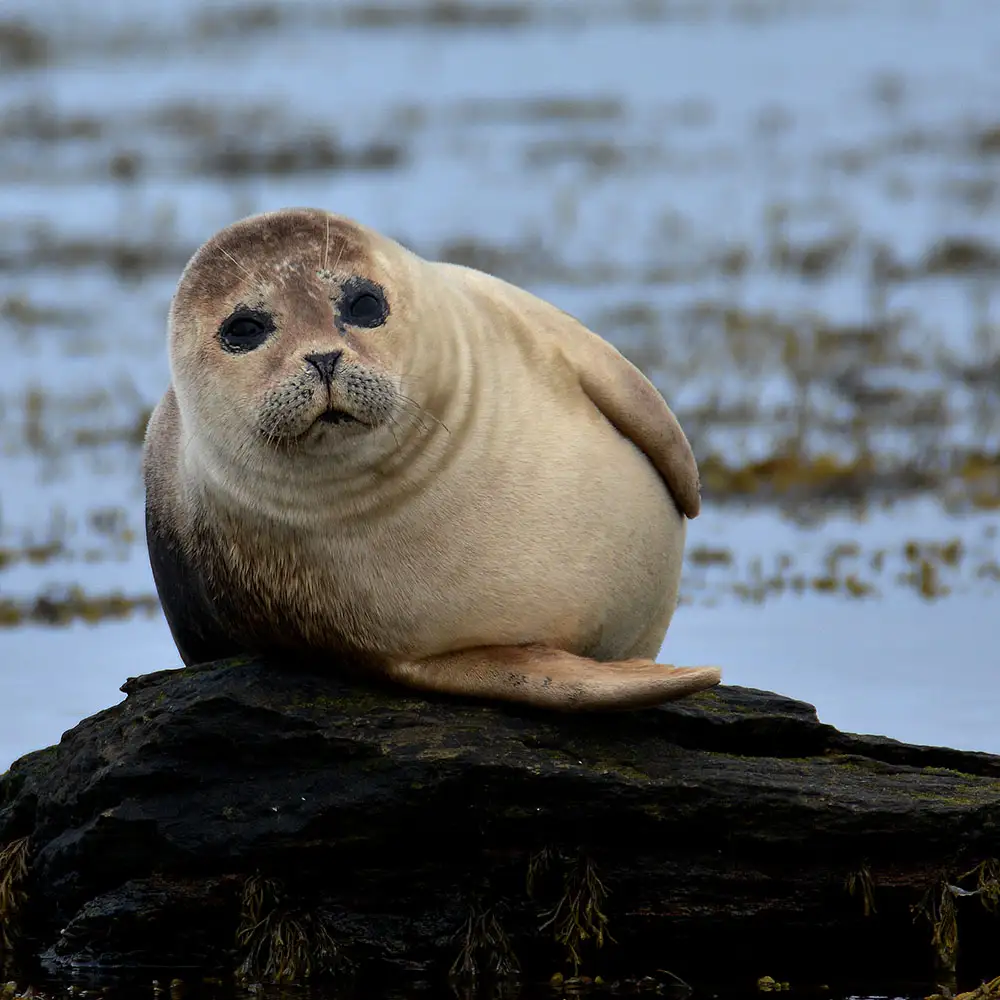
St Kilda
The archipelago’s remote location is 50 miles west of Scotland in the North Atlantic. It is a national nature reserve and a mesmerizing blend of natural and historical wonders. The main island, Hirta, houses the remains of a deserted village, offering a glimpse into the life of a community that survived in isolation for centuries. The island’s unique stone cleits, small, beehive-shaped storage huts, are scattered across the landscape, a testament to the St Kildans’ ingenuity in coping with their harsh environment. The cliffs of St Kilda, some of the highest in Europe, provide breathtaking views and are a famous haven for seabirds, including the UK’s largest colony of Atlantic puffins and gannets. The cliffs dramatically plunge deep into the Atlantic, rich with sea life below the surface. The St Kilda Church, although small and simple, holds a deep historical significance, symbolizing the religious life of the islanders. The Soay sheep, a rare breed native to the islands, roam freely, adding to the wild and unspoiled charm of the St. Kilda archipelago. This UNESCO World Heritage Site, with its dramatic landscapes and rich history, is a truly unique and unforgettable experience if the weather allows us to get there.
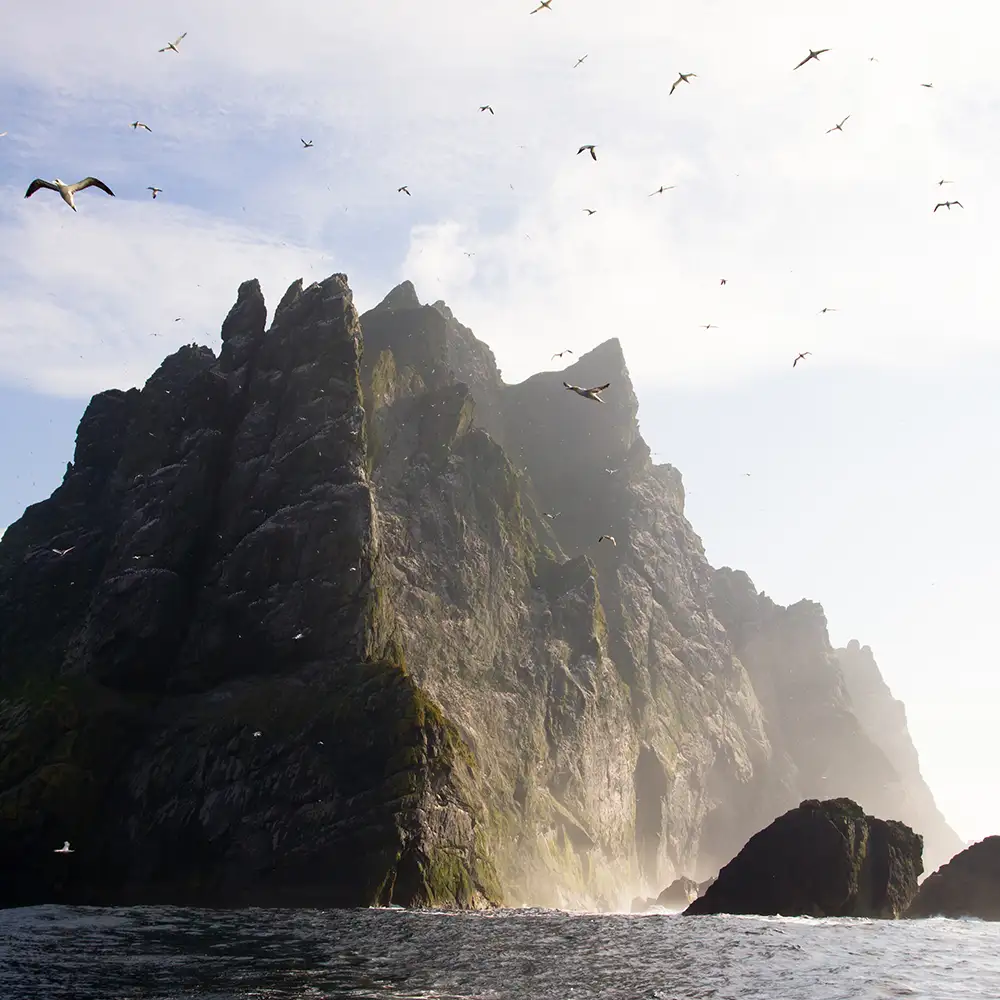
This is a genuine, off the beaten track sailing adventure and it is essential that you understand this. It is exhilarating, superb fun and you’ll be fully involved and learn a huge amount.